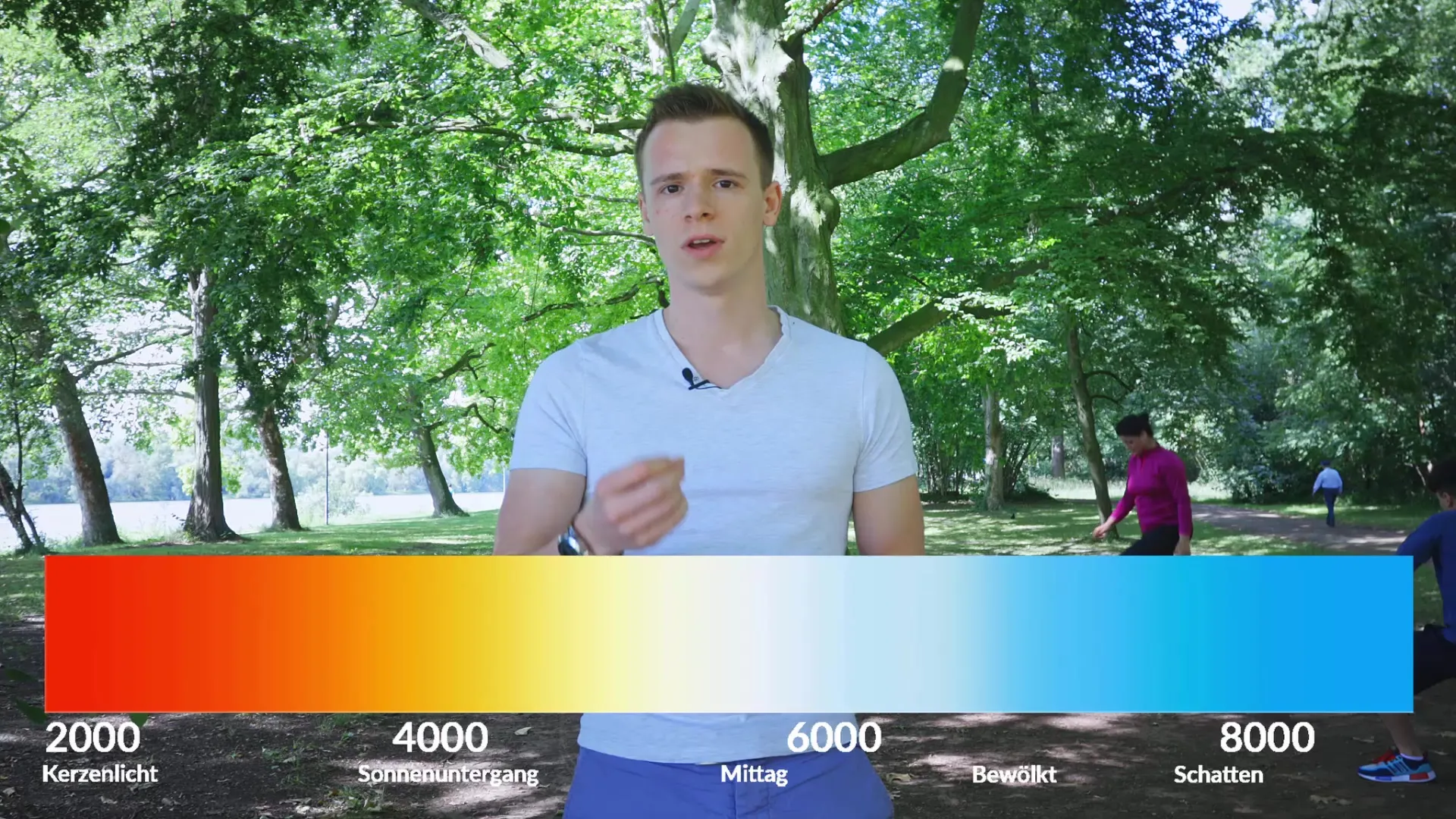In the field of videography, white balance is a central aspect that is often underestimated. Unlike photography, where you can shoot RAW images and adjust the white balance afterwards, color processing in videos often happens immediately. This means that an incorrect white balance can lead to color errors that you can no longer easily correct. This tutorial shows you how to effectively set the white balance to ensure the best possible color quality in your films.
Key Insights
The white balance is crucial for color balance in your videos. Here are the key aspects you should consider:
- The white balance must be set precisely when filming.
- Light colors vary significantly, so you need to adjust the camera accordingly.
- Automatic and manual settings have their advantages and disadvantages depending on the situation.
- Experience is crucial in finding the optimal white balance.
Step-by-Step Guide
1. Understand what white balance is
Before you set the white balance, it's important to understand what this process involves. The white balance ensures that the camera correctly interprets the different light colors. Light sources can have bluish or reddish tones that greatly influence the color rendering of your video. You are expected to take these light temperatures into account during your recording.

2. Set automatic white balance
Most cameras offer an automatic white balance that works effectively in many situations. The camera tries to find the neutral point in the image to compensate for color distortions. It's worth starting with the automatic setting to get a feel for how the camera responds to different lighting conditions.
3. Make manual adjustments
In certain situations, especially with changing light conditions or special color moods, it is advisable to set the white balance manually. You have predefined value presets available for this. For example, you can select the appropriate value for sunlight, cloudy skies, or various artificial light sources like neon tubes.

4. Understand and use Kelvin values
The white balance is measured in Kelvin (K), with lower values (e.g., 2500 K) representing warm light and higher values (e.g., 6500 K) representing cool light. A common setting for sunlight is about 5500 K. By adjusting the Kelvin value, you can specifically shift the image into the bluish or reddish range.

5. Gather experiences
Correctly setting the white balance requires practice and experience. At first, you may find it difficult to find the exact values, but over time, you will improve in understanding and evaluating your camera's color rendering.
6. Use white balance for special looks
While it is possible to set the white balance to create a specific look, this should be done with caution. Intentionally coloring for a look can be difficult to correct in post-production and should not be used thoughtlessly.
7. Maintain consistency
Once you have set your white balance, be careful not to change the settings too much while filming. Consistency in color rendering creates a harmonious image and can significantly reduce the effort in post-editing.
8. Don't stop learning
As with any skill, continuous learning and experimentation are key to success with white balance. Try different lighting conditions, settings, and scenarios to find your ideal white balance.
Summary – White Balance When Filming: A Precision Guide
The white balance plays a crucial role in the quality of your videos. To avoid color errors from the start, you should deliberately use both automatic and manual white balance. Pay attention to the lighting conditions, experiment with the Kelvin values, and gather experience to continuously improve your skills.
Frequently Asked Questions
How often should I adjust the white balance while filming?Adjustments should be made when lighting conditions change or when you change the shooting location.
Can I adjust the white balance in post-production?It is much easier to set the white balance correctly while filming, as subsequent adjustments often do not yield the desired results.
What Kelvin value is best for mixed lighting?In mixed lighting, a value around 4000 K to 5000 K can be helpful to achieve a balanced effect.


